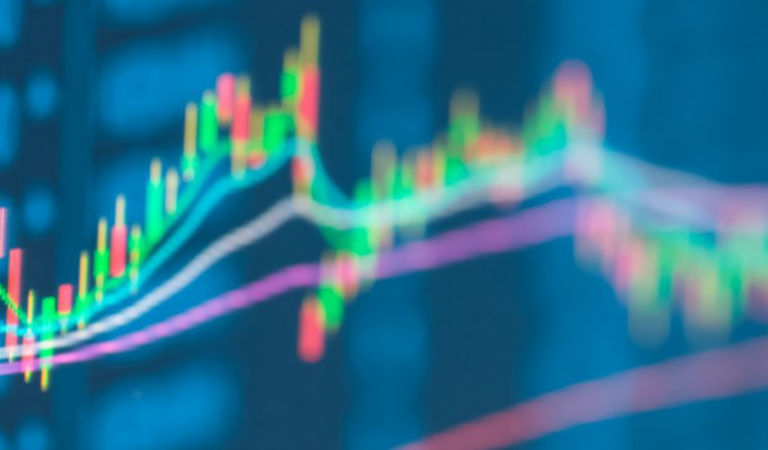Emerging markets
Emerging markets (EM) equities (-8.0%) slid lower in the third quarter. Within EM, Latin America moved higher, while Europe, the Middle East, and Africa (EMEA) and Asia ended down.
Latin American equities (+6.2%) were bolstered by Brazil (+12.4%), whose central bank hiked interest rates by 50 bps, to 13.75%, up sharply from a low of 2.0% in 2020. However, the bank’s future guidance was more dovish than expected, signaling that its aggressive policy-tightening cycle may be nearing a peak. President Jair Bolsonaro introduced election-friendly policies aimed at subsidizing low-income households and supported legislation to cap state-level taxes on essential services. At the end of the quarter, Brazilians readied for the first round of the most polarized presidential election in decades, with polls indicating a tighter race between President Bolsonaro and former two-term leftist President Luiz Inácio Lula da Silva. In Mexico (-5.7%), consumer prices rose at a faster-than-expected pace, prompting the central bank to unleash 75 bps rate hikes in August and September as it fought to curb the highest inflation since the turn of the century and to stem a decline in the peso. Chile (+5.6%) benefited from soaring prices on lithium exports, while Chilean voters rejected a proposed left-leaning constitution, dealing a heavy blow to President Gabriel Boric.
EMEA equities (-1.7%) slipped, with Eastern European countries continuing to feel the spillover effects of Russia’s escalating war with Ukraine. Many traditional supply routes for food and energy have been cut off or remapped, exacerbating inflation in countries such as Poland (-17.2%) and the Czech Republic (-18.2%). South Africa’s (-3.4%) energy crisis pressured the rand, strained households, and threatened the country’s industrial sector. Operational and structural problems at state-owned utility Eskom have led to rolling blackouts that are costing the country an estimated US$40 million a day. With no long-term solutions in sight, investor confidence was rattled as the prospect of power rationing and lower production loomed. Countries in the Persian Gulf have benefited from exports of gas and oil at a time of strained energy supplies and high demand. However, a strengthening US dollar and slowing global economic growth weighed on markets in the region.
Asian equities (-10.4%) were dragged down by China (-21.6%), where a steep drop in stocks reflected anxiety about the health of the economy, strains from the zero-COVID approach and slowing global demand, and a worsening property market crisis. The number of home buyers refusing to pay mortgages for unfinished housing projects rose rapidly, increasing the risks of contagion to other parts of the financial system and prompting the State Council to mobilize up to US$148 billion of loans to help developers complete unfinished projects. The manufacturing sector contracted in August, and several other key activity measures indicated slower economic growth, spurring more downgrades to GDP forecasts. Rapidly rising interest rates in the US have accelerated capital outflows from China and made it difficult for the PBOC to provide more stimulus for the economy without further pressuring the renminbi, which continued to fall precipitously against the US dollar. Government authorities increased policy support, although there were doubts whether these measures would revive the ailing economy. The trade-dependent economies of Taiwan (-8.2%) and South Korea (-7.8%) were hampered by slowing global growth, which threatened to curb the demand for semiconductors and electronic equipment — two key exports. India (+10.0%) realized good gains as favorable economic data early in the quarter pointed to a strong recovery. However, an expanding trade deficit driven by high commodity prices and a weakening rupee drove inflation higher, hurting local businesses and consumers and increasing pressure on the central bank to lift interest rates.
































Monthly Market Review — October 2025
Continue readingBy